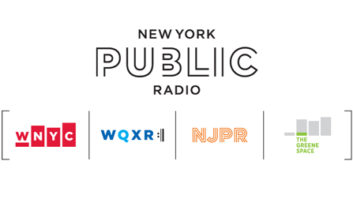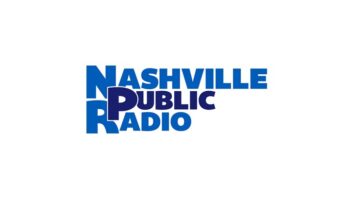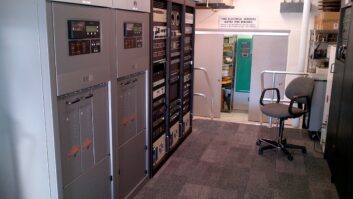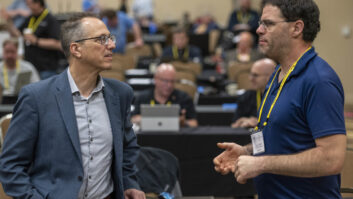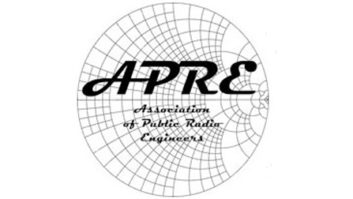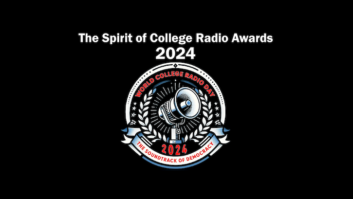Earlier this year, Radio World provided you a showcase of Cincinnati Public Radio’s new studios that included computer-generated renderings, and the final result lives up to those designs.
CPR includes the NPR/News 91.7 WVXU(FM), licensed to Cincinnati and simulcast on 88.5 WMUB(FM) in Oxford, Ohio, southwest of Dayton. It also operates Classical 90.9 WGUC(FM), licensed to Cincinnati. WGUC’s HD subchannels feature Jazz and Adult album alternative music, while WVXU(HD2) airs locally-produced music as “Urban Artifact.”
The organization initially set forth in 2018 to move its headquarters. The original plan would have landed CPR at a location near Cincinnati City Hall, but cost uncertainty changed those plans.
Ultimately, the effort culminated this April with the opening of the new Scripps Family Center for Public Broadcasting, located on Dana Avenue in northern Cincinnati’s Evanston neighborhood.
The two-story facility boasts modern technology and versatile event spaces. In a release, the facility’s designer, WSDG, described the space as a “cultural hub” for CPR’s listeners.
Community welcome
To celebrate the move, CPR held a “Welcome Weekend” on April 26–27. The public media outlet said that approximately 2,500 visitors attended the community-focused event, which featured keynote speakers from NPR and live musical acts. The welcome set the stage for the facility’s future, as multiple local partners have begun using the new space.
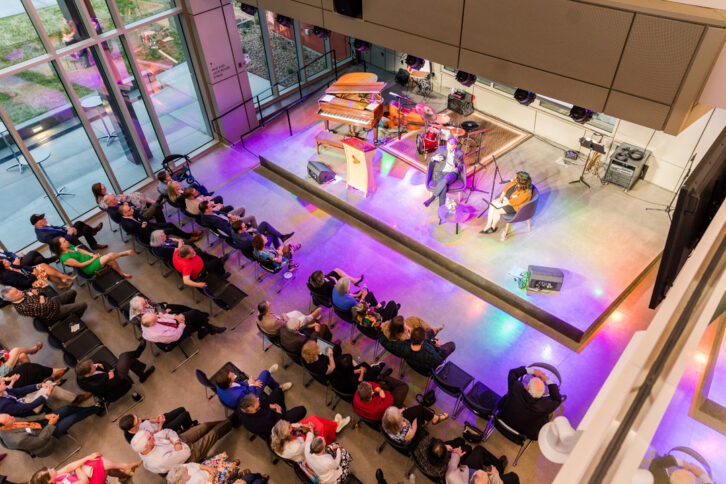
According to Richard Eiswerth, CPR’s president, GM and CEO, the new headquarters needed to be forward-thinking in all aspects, including its technology, visibility to listeners and sustainability.
Eiswerth said it’s the first mass timber broadcast facility in Greater Cincinnati, and possibly the entire U.S., a fact of which the station is particularly proud.
A mass timber building is constructed with solid wood panels, which results in solid timber floors and walls typically ranging 5–12 inches in thickness. Its use across the U.S. is up 15%, according to CBS News.
The building is adjacent to a park and is meant to feel integrated with that public space.
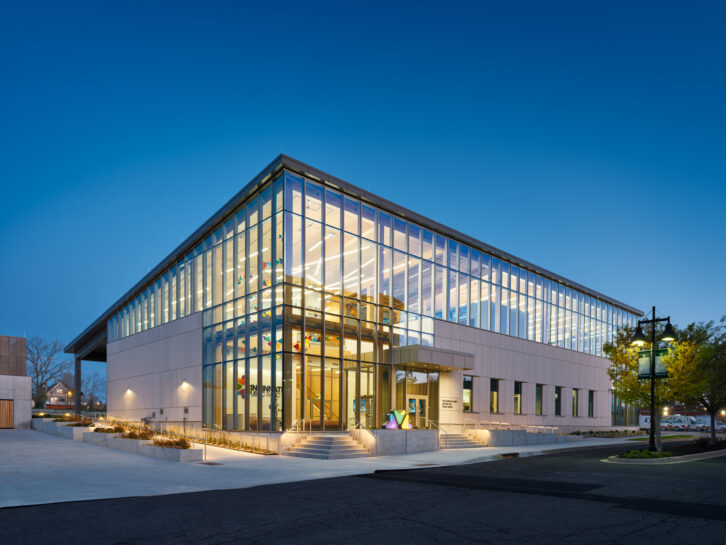
To put it all together, WSDG was instrumental in the design, construction and A/V systems integration for the project. The project team included Cincinnati-based architects Emerson Design, construction managers Skanska USA, A/V integrators ProCraft Audio, structural engineers Chafer and mechanical, electrical and plumbing engineering CMTA.
Supporting both on-air and performance
The new facility includes two on-air studios, dual interview studios with dedicated control rooms and a large performance studio. The performance studio can be used for a variety of events, from large ensemble and rock band performances to film scoring and screenings.
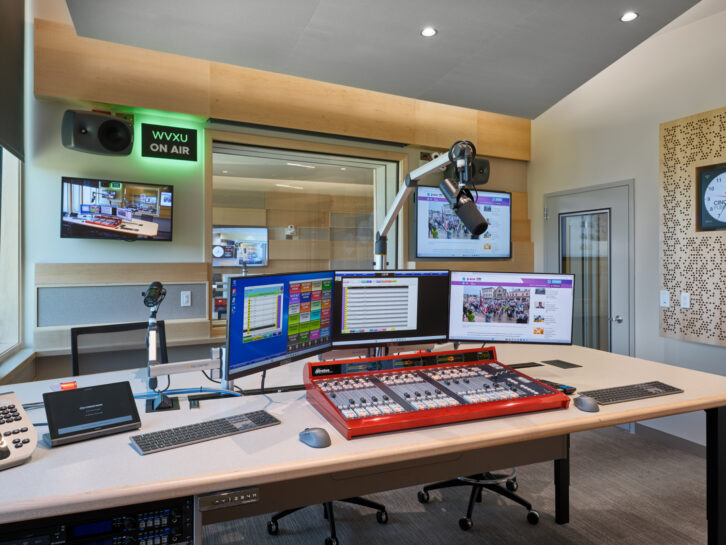
All rooms feature “room-in-room” construction for acoustic isolation. WSDG said it creates a distinct sonic environment in all areas of the building — from a calm atmosphere in the offices to a lively — but controlled — vibe in the performance and community spaces.
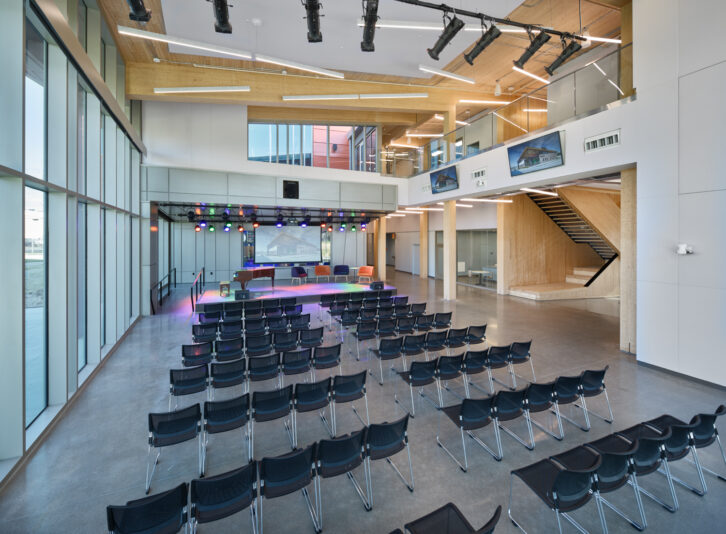
The glass used throughout the studio was incorporated by Emerson Design for an open-concept approach.
Much more welcoming
Perhaps the most notable and widely embraced change for the CPR team has been the experience in the multiple audio production spaces that team members said emphasize public and forward-facing work.
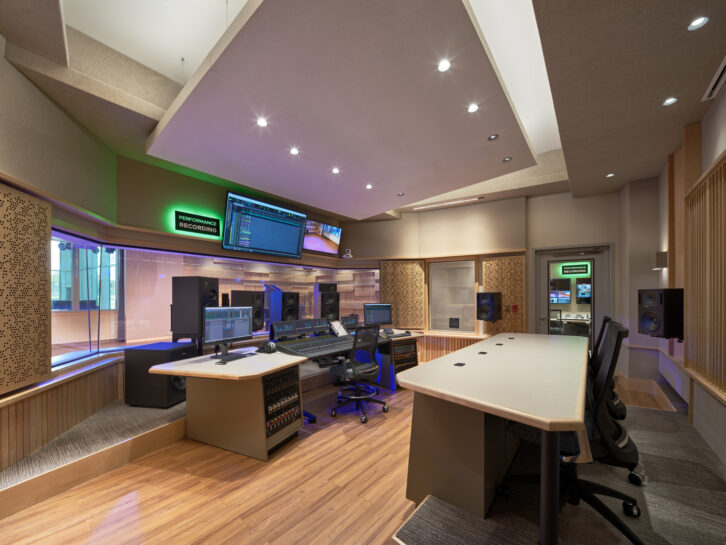
“We really sought a more welcoming production space after our experience in our previous facility that was fairly contained and not very friendly to the public,” said Don Danko, CPR’s VP of engineering.
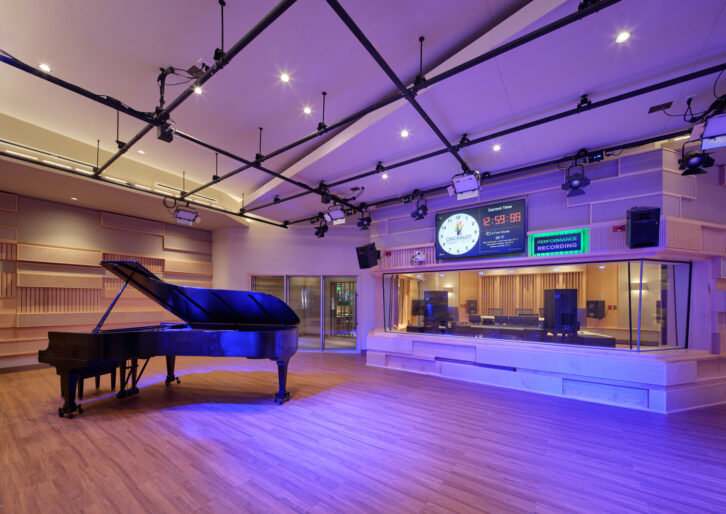
WSDG Partner and COO Joshua Morris said that the project team sought to create a place where CPR’s DJs, audio engineers, musicians and interviewees could sound their best.
Emphasis on video
In addition to the production spaces, there are also separate video and immersive-capable audio control rooms. Those rooms can be routed around the facility, allowing CPR’s public gathering spaces to be used as additional recording areas. Cameras are also strategically placed throughout the facility and there is a production lighting setup for video, WSDG said.
CPR intends to create a video streaming footprint for music, theater and other video content.
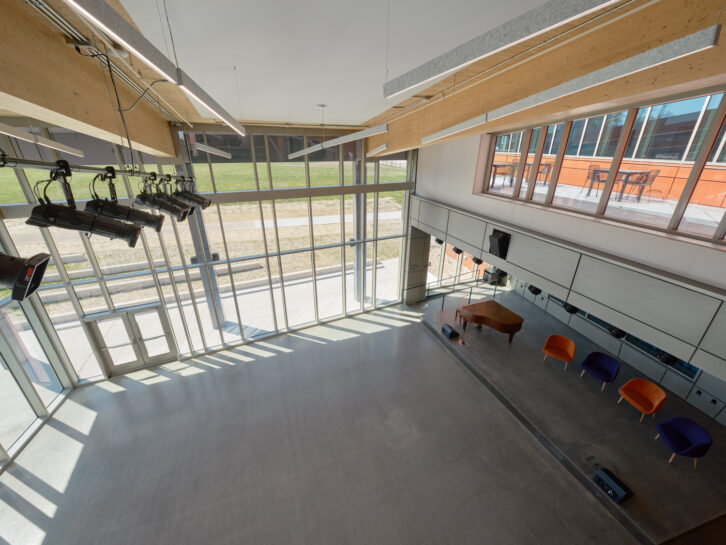
The A/V systems’ design, put together by WSDG, ProCraft and the CPR production staff, evolved from a rather rudimentary concept to a “more ambitious scope of present and future production possibilities,” WSDG said.
CPR chose SAS consoles for the on-air studios and production studios, which use a Dante AoIP system. Meanwhile, CPR uses a Livewire system for transporting audio to its transmitter sites and to its Omnia.9 audio processors.
GatesAir Intraplex codecs provide a point-to-point RF system and internet redundancy for CPR’s STLs.
Furniture is provided by the Ohio-based Cabinetworks Unlimited.
Read our excerpt on CPR’s facilities from our “Amazing Radio Studios 2025” free ebook for more details on its equipment choices.
Word is out in the Queen City
CPR and the Greater Cincinnati community seem to be taking full advantage of the new digs. Eisewerth said the facility is booked with performances from the Cincinnati Opera, Shakespeare Center and Children’s Theatre, among others.
“It completely exceeded our expectations, and the early response from everyone performing and recording in the production areas is the same — I can’t wait to come back here to record,” Eiswerth said.
